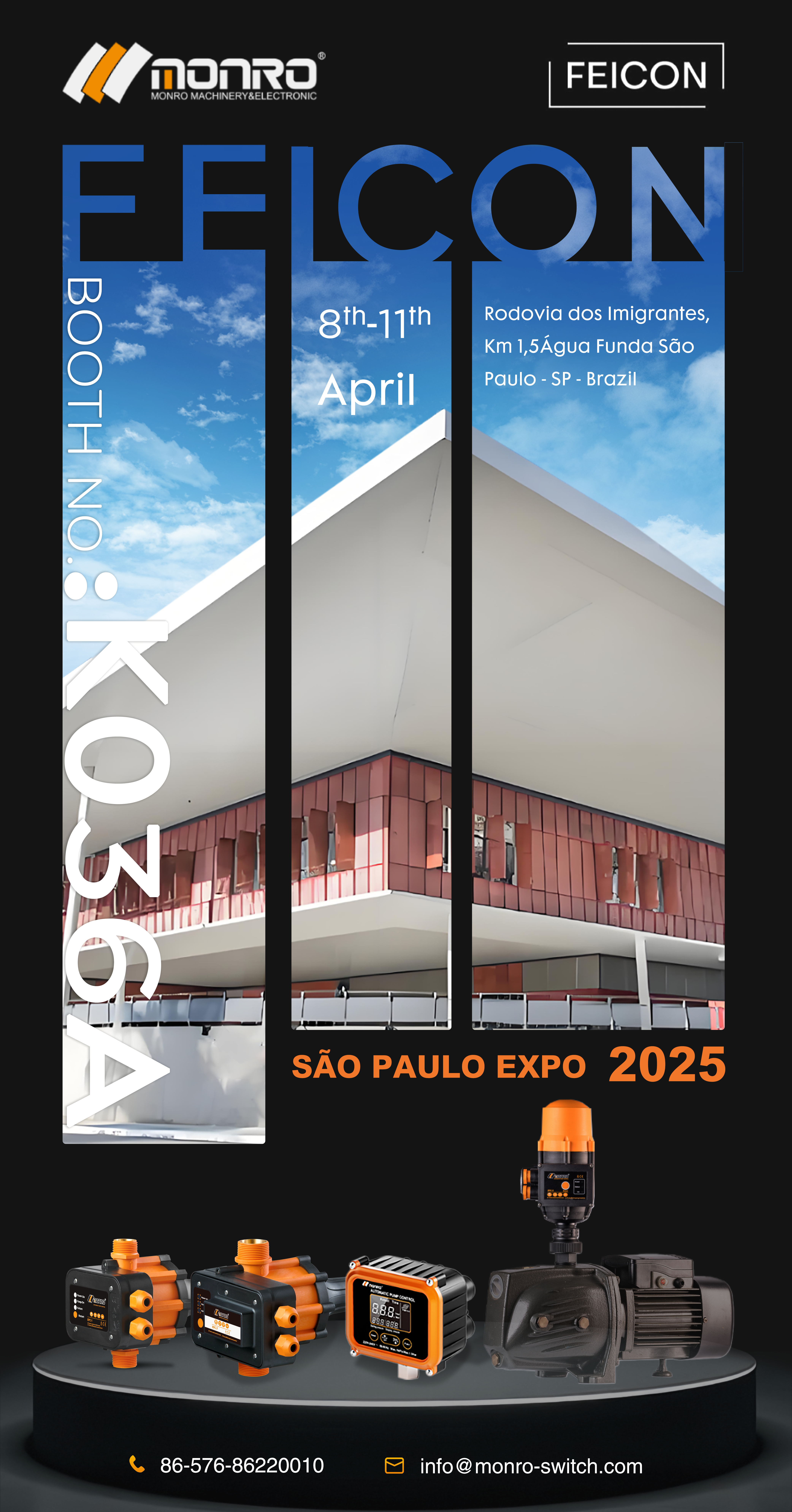Don't hesitate to send a message
Web Menu
Product Search
Exit Menu
Progress in this field requires both synthesis and preparation of appropriate
Two methods of using switches to implement reversible computations are discussed. There is a method that has an energy dissipation which is proportional to the square of the error in the voltage, while another method has an energy dissipation which can in principle be reduced indefinitely by slowing the speed of computation. The primary method is basically an extension to 'pass logic' which has been previously used with both nMOS (hot clock nMOS) and CMOS transmission gates to achieve low energy dissipation. The second method is a novel ther mody namically reversible logic system based on CCD-like operations which switches charge packets in a reversible fashion to achieve low energy dissipation.In nature, molecules exploit interaction with their environment to realize complex functionalities on the nanometer length scale. Physical, chemical and/or biological specificity is frequently achieved by the switching of molecules between microscopically different states. Paradigmatic examples are the energy production in proton pumps of bacteria or the signal conversion in human vision,which rely on switching molecules between different configurations or conformations by external stimuli.
The remarkable reproducibility and unparalleled fatigue resistance of these natural processes makes it highly desirable to emulate nature and develop artificial systems with molecular functionalities. A promising avenue towards this goal is to anchor the molecular switches at surfaces, offering new pathways to control their functional properties, to apply electrical contacts, or to integrate switches into larger systems. Anchoring at surfaces allows one to access the full range from individual molecular switches to self-assembled monolayers of well-defined geometry and to customize the coupling between molecules and substrate or between adsorbed molecules. Progress in this field requires both synthesis and preparation of appropriate molecular systems and control over suitable external stimuli, such as light, heat, or electrical currents. To optimize switching and generate function, it is essential to unravel the geometric structure, the electronic properties and the dynamic interactions of the molecular switches on surfaces.This special section, Molecular Switches at Surfaces, collects 17 contributions describing different aspects of this research field.
They analyze elementary processes, both in single molecules and in ensembles of molecules, which involve molecular switching and concomitant changes of optical, electronic, or magnetic properties. Two topical reviews summarize the current status, including both challenges and achievements in the field of molecular switches on metal surfaces,focusing on electronic and vibrational spectroscopy in one case and scanning tunneling microscopy studies in the other. Original research articles describe results in many aspects of the field, including:Self-assembly, self-organization, and controlled growth of molecular layers on various substrates. Highly-ordered arrays provide model systems with extraordinary structural properties, allowing one to adjust interactions between molecules and between molecule and substrate, and can be robustly prepared from solution, an essential prerequisite for applications.Conformational or electronic switching of molecules adsorbed at metal and semiconductor surfaces. These studies highlight the elementary processes governing molecular switching at surfaces as well as the wide range of possible stimuli.Carbon-based substrates such as graphene or carbon nanotubes. These substrates are attractive due to their effective two-dimensionality which implies that switching of adsorbed molecules can effect a significant back-action on the substrate.Mechanisms of conformational switching. Several contributions study the role of electron–vibron coupling and heating in current-induced conformational switching.
https://www.monroswitch.com/
-
 EPC-1
EPC-1Monro EPC-1 model pump controller is the classic and basic type, was loved by user in the global mar...
-
 EPC-3
EPC-3Monro EPC-3 spain design auto on and off press control, an intelligent and economical system designe...
-
 EPC-5
EPC-5Monro EPC-5 model automatic pump control, a device which assembled on the water pump (recommended si...
-
 EPC-9
EPC-9Monro EPC-9 model pressure controller, is a big power device for automatic control and protection of...
-
 EPC-12
EPC-12Monro EPC-12 smart top-level automatic pump control is a multi-function model combined with traditio...
-
 EPC-14
EPC-14Monro EPC-14 model pressure control is a big power device for automatic control and protection of el...
-
 EPC-15
EPC-15Monro EPC-15 model automatic pump control, a device which assembled on the water pump (recommended s...
-
 EPC-16
EPC-16EPC-16 is the new patent pump controller by Monro. Its key highlight is tooless (manual knob) start...
find our office
Committed to providing professional pressure control solutions for various types of water pumps and air compressors.

 简体中文
简体中文 English
English Español
Español


